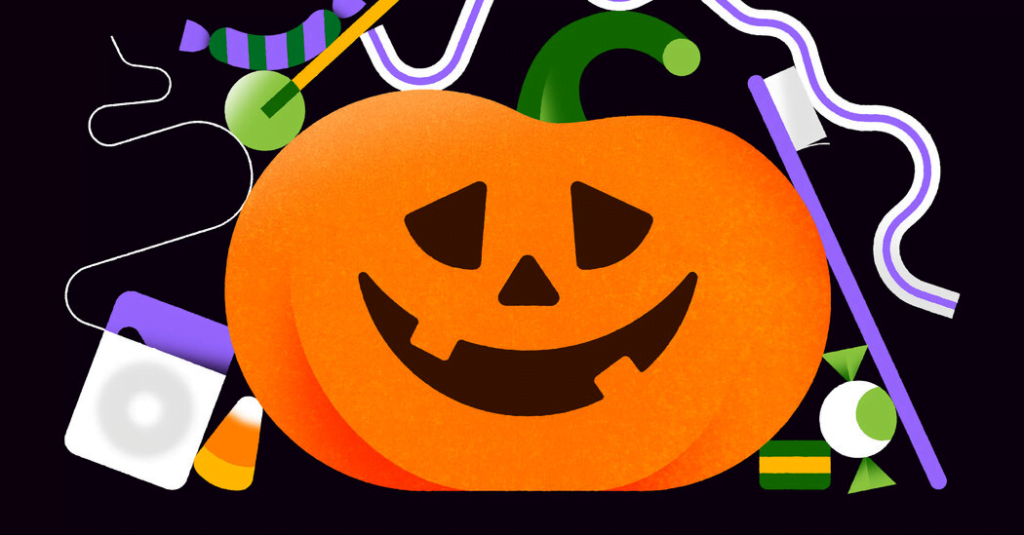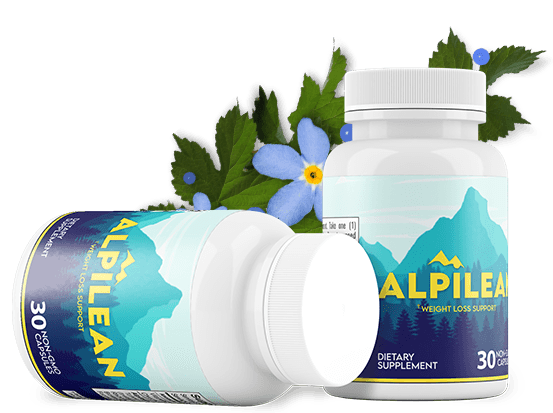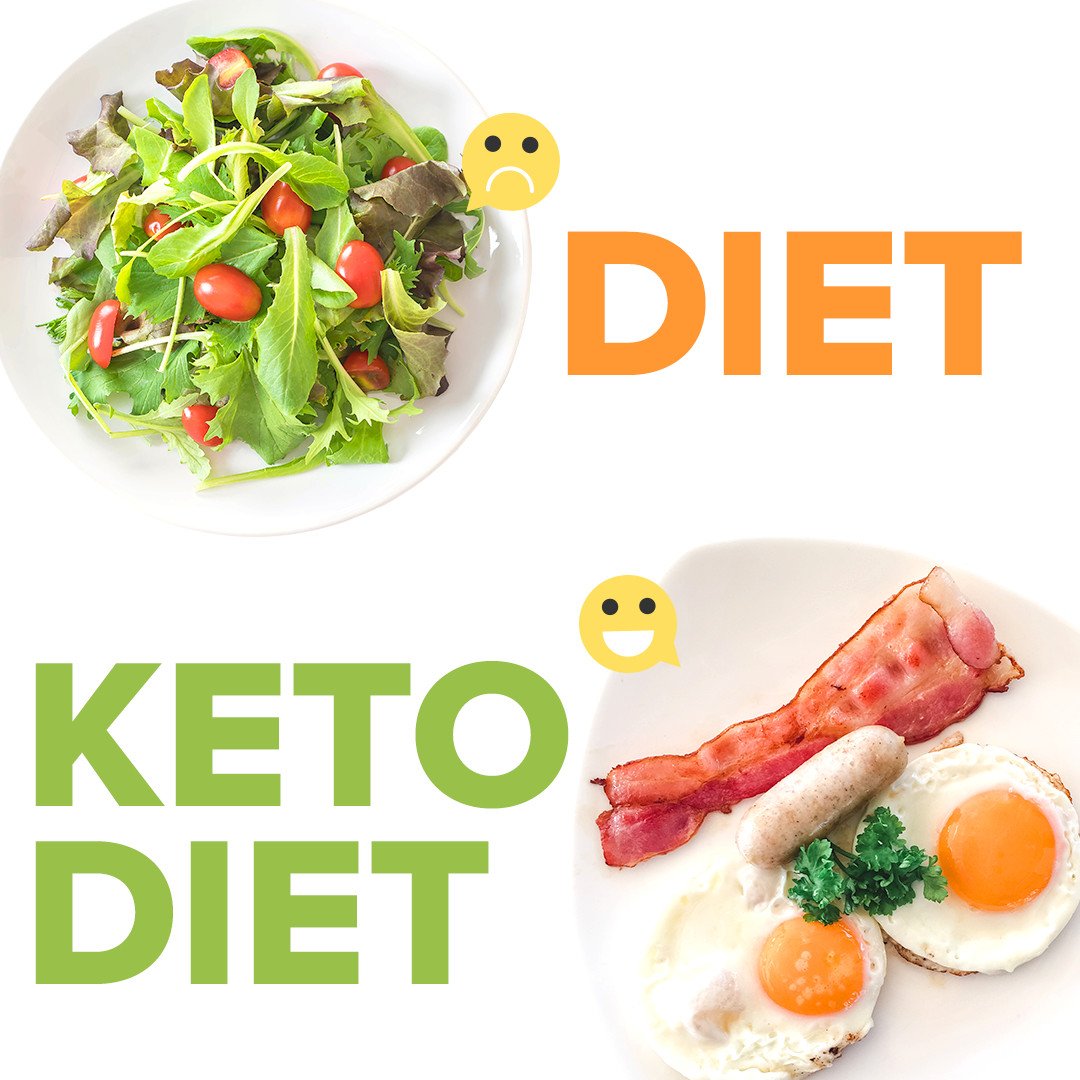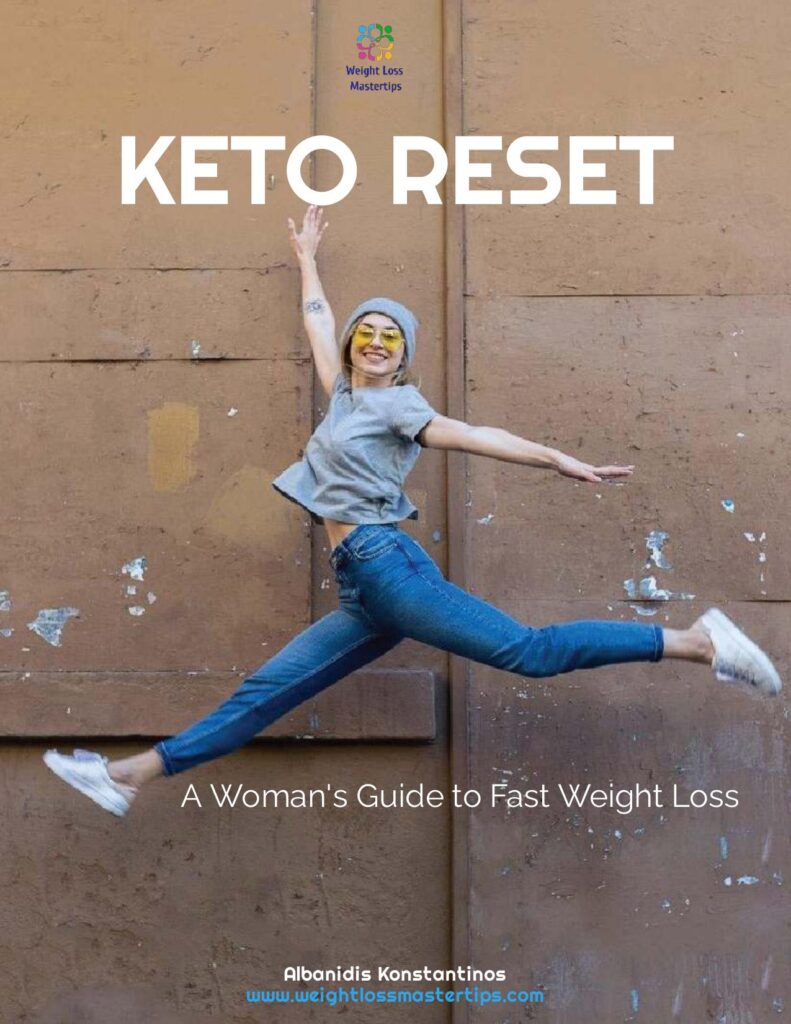Dr. Apoena Ribeiro is a pediatric dentist and microbiologist on the College of North Carolina at Chapel Hill. She’s additionally a father or mother.
When her daughter was little and rising up in Brazil, Dr. Ribeiro inspired her to take pleasure in a vacation known as the Feast of Saints Cosmas and Damian, which entails youngsters gathering giant baggage of sweet. However she additionally had some methods for conserving the dental risks at bay.
Right here’s what she did again then, and nonetheless does at present, to guard her household’s oral well being on a candy-laden vacation.
She minimizes grazing.
One sugar-filled night time received’t sabotage your oral well being, Dr. Ribeiro stated — so when her daughter was younger, she allowed her to gather and revel in as a lot sweet as she wished on sweet-heavy holidays.
As soon as she’d had her fill, Dr. Ribeiro would ask her daughter to kind her sweet into two piles: One for her favorites, which she known as her “treasures,” and one other for the rejects, which they might donate.
The “treasures” could be stashed away in a cardboard “treasure field” that might solely be opened a couple of times every week (although as soon as per day can also be OK, Dr. Ribeiro stated). When the field was open, her daughter may eat as a lot sweet as she wished. However as soon as she was carried out consuming and it was closed, she could be minimize off from the sweet till the field was opened once more. Then it was time to brush her tooth.
These guidelines prevented Dr. Ribeiro’s daughter from grazing on sweet all through the day, which may give the cavity-causing micro organism in her mouth extra alternatives to feed on sugars and create an atmosphere that might result in tooth decay. “Free entry to the sweet is the principle downside,” Dr. Ribeiro stated.
But when the micro organism can solely eat the sugar as soon as a day or as soon as each few days, “they are going to starve,” she stated.
She occasions sweet consuming with meals.
The very best time to have sweet is with or simply after a meal, Dr. Ribeiro stated. At that time, the micro organism in your mouth could have already stuffed up on any carbohydrates from the meal, in order that they’re much less capable of make the most of the sugar within the sweet. And also you produce extra saliva if you eat, which helps to rinse the sugar from the sweet off your tooth. It additionally neutralizes acids made by the micro organism that may put on away at your tooth enamel.
For many households, having sweet with dinner makes essentially the most sense, since all members are prone to be at house and may brush their tooth simply after, she stated.









